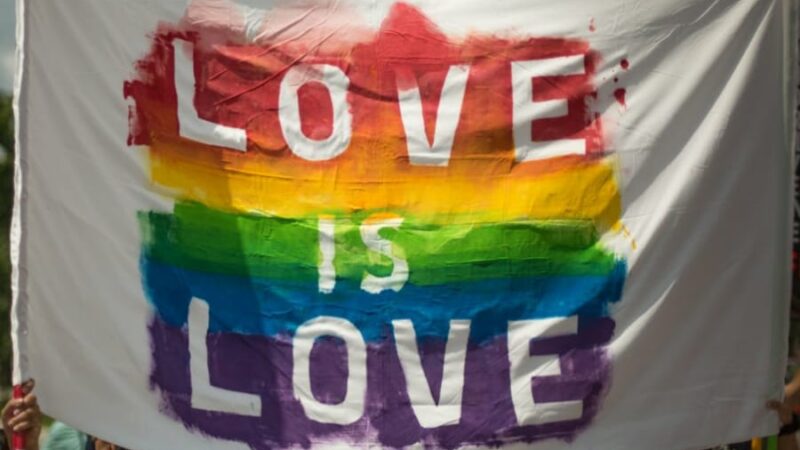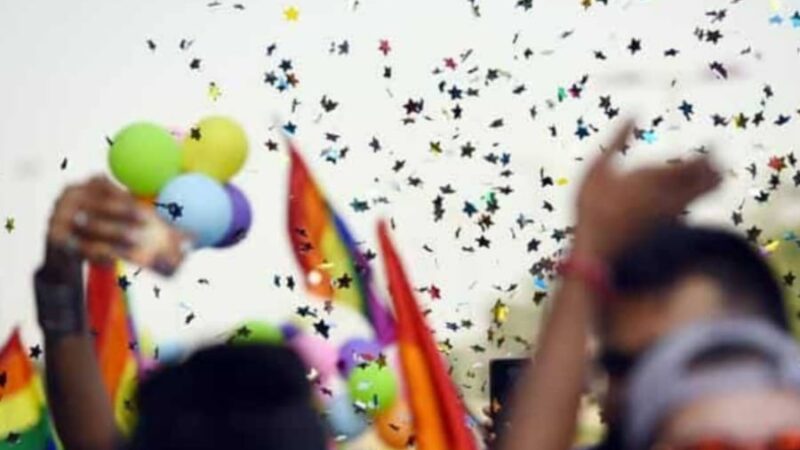LGBTQ+ And Portrayal Of Women In Indian Cinema

Cinema has a tremendous influence on the audiences, which is what it’s supposed to do. This makes the portrayal of characters, contents and stories of importance and in sync.
More often than not, cinema has been criticized for spreading social evils. Especially in times when it more state-approved entertainment feature, one should be careful in attacking social taboos.
“The Indian film industry has always portrayed a gay character as someone who is suited up in tight-fitting clothes, someone who has nothing but “sex” running in his mind 24/7, someone who cracks filthy double meaning jokes without context and also who is constantly trying to engage with people,” says Shethepeople.tv
The Indian film fraternity has started understanding their responsibility towards social issues like the portrayal of women and LGBTQ. There have been many movies that have focused on the struggles of the community, being accepted and constantly fighting to get the respect and opportunities they deserve, rather than showing their behaviour and labeling it as abnormal. The following films have consciously carved out the reality and have stood with the LGBTQ community showing them the love/support they have longing for:
- Fire – 1996, directed by Deepa Mehta. This movie had a lot of controversies. The movie starred Shabana Azmi and Nandita Das. It was critically acclaimed for it’s bold display of characters. But due to the highly religious presence in our country, many religious groups and political parties subjected it to a lot of criticism. Bal Thackeray called Lesbianism a social AIDS.
- Margarita with a straw – This was a unique movie since, it portrayed a homosexual woman, with a physical disability. Starring Kalki Koechlin this movie subtly throws light towards the concept without trying to catch sympathy.
- Aligarh – Professor Ramchandra Siras, a linguist and head of the Classical Modern Indian Languages in Aligarh Muslim University was suspended on moral grounds because he was a homosexual. Later he was found dead in his apartment. This movie rightly depicts the emotional journey and social aspects associated with homosexuality beyond commonplace jokes.
- Kapoor and Sons – The film revolves around the struggles one faces in encountering their family for their sexual orientation. Fawad Khan marvellously connected with the audience and rightly pointed out that ‘Gay is not a good/bad word.’
In the history of 100 years of Indian cinema has come a long way and so the women character. From the very first film, Raja Harishchandra – which had no female actors – to the modern day, it has not been an easy ride. Today women characters are bold, rebellious and confident, on contrast to what they were a few decades back about shy village girls or ethical beauty. Women were highly objectified which they still are by some of the screen play writers or directors or by the critics, especially with an item number in the song culture. Movies like Fashion, Page3 and 7 Khoon Maaf, have been critically acclaimed, but Indian audiences are still inclined to a masculine and conservative culture, where the male in the protagonist and a movie doesn’t do very well if it the woman playing the main character. The heroine is generally never shown with intellect or individuality.
Movies are indirect reflection of the society, which is believed by audiences of all over the world, hence it is important to show only what is true. The portrayal of woman is becoming more real and the filmmaker Mahesh Bhatt said this on the International Women’s Day:
“In India, we can’t make sweeping statements claiming that the portrayal of women in Bollywood has progressed or regressed. As a director, I have always made films giving women the centre stage. Conservatives and vested groups have often claimed that the women in my recent films have been scantily clad or are overtly sexual. However, they can’t deny that the women in my films have been in charge of their own destiny. Now women can live life with dignity, without relying on a man for support. At the same time, it made Shabana a national icon. Another person who embodies the new Indian woman in Vidya Balan”
There is a dire need for the audiences to elevate their tastes to accept the newer images of females in Indian movies or say in Hindi cinema.
————
ABOUT THE AUTHOR: This article is written by Riddhi Dhamanwala, our intern.






